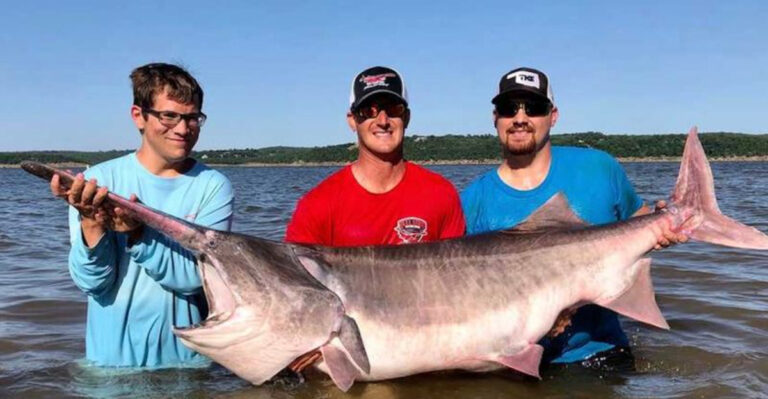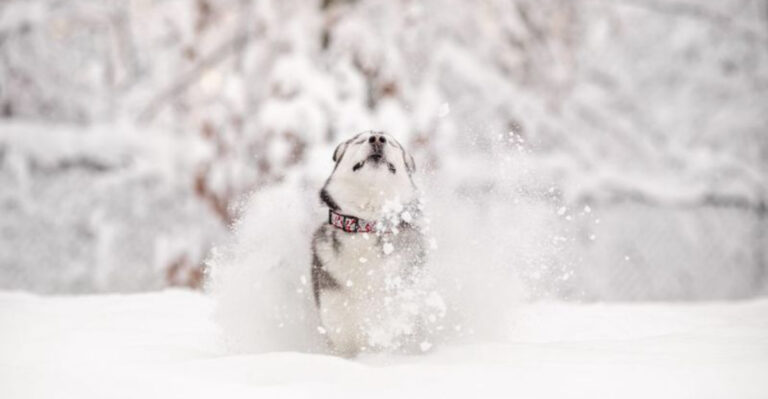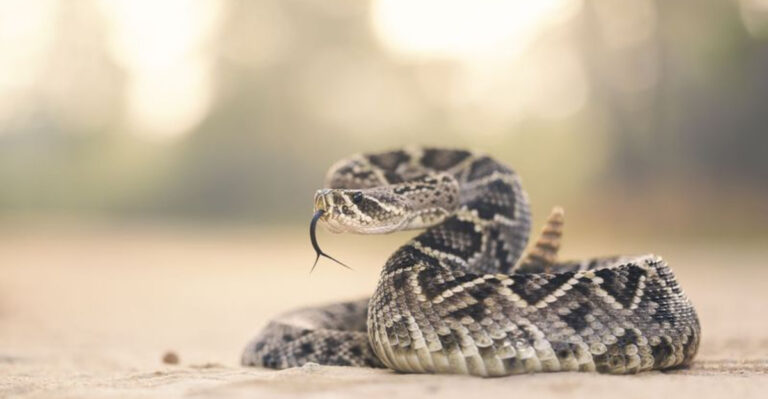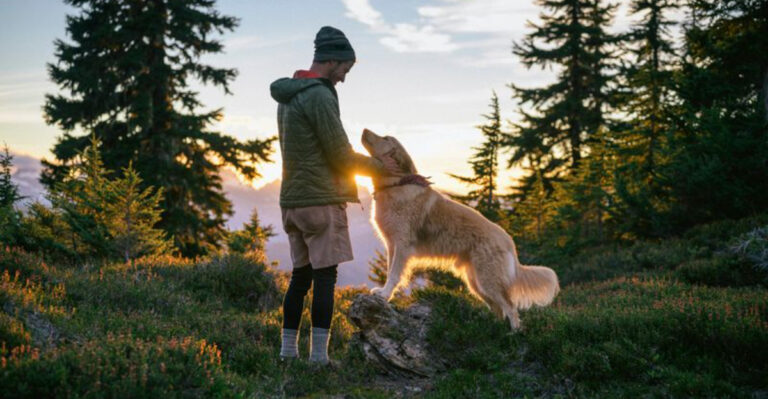The Tragic Theories Explaining Horses’ Extinction In North America
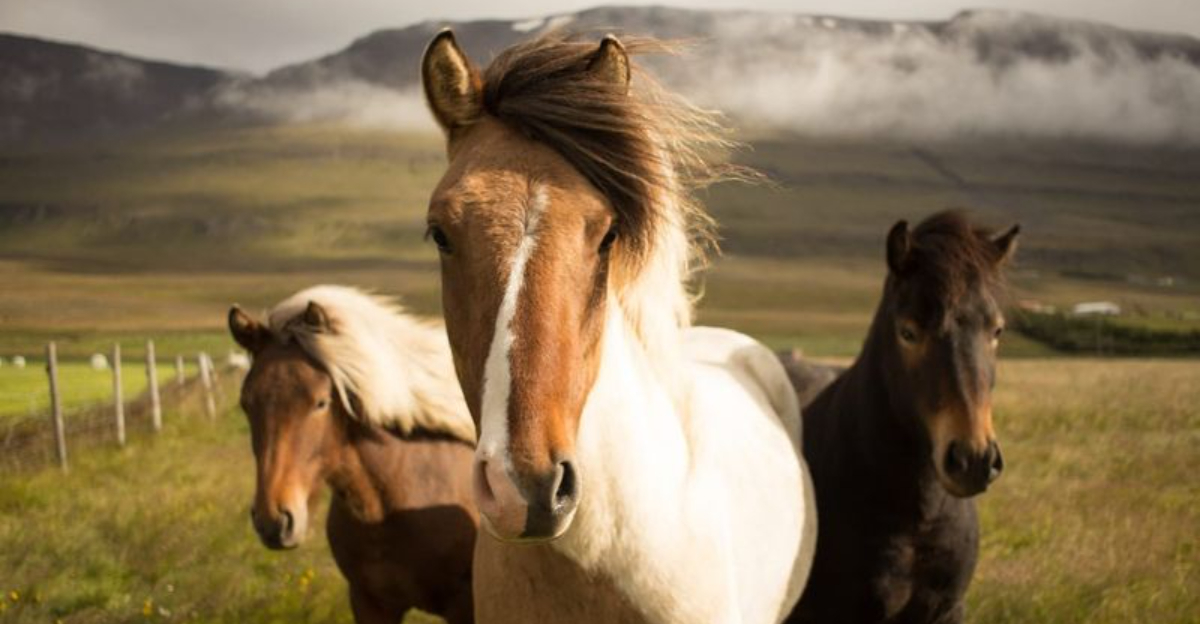
Wild horses once thundered across North America in massive herds, yet mysteriously vanished around 10,000 years ago.
These majestic creatures actually evolved on this continent before spreading to Asia and eventually returning with Spanish explorers.
The disappearance of native North American horses remains one of paleontology’s greatest puzzles, with scientists proposing various explanations for their sudden extinction.
1. Climate Change Catastrophe

The end of the last ice age brought dramatic shifts in temperature and habitat across North America. As glaciers retreated, the vast grasslands that horses depended on shrank dramatically, replaced by forests and new plant species horses couldn’t digest.
Scientists have found evidence of severe droughts during this transition period. Horse fossils from this era show signs of malnutrition and smaller body sizes – telltale indicators of animals struggling to survive in changing environments.
Without their preferred food sources, horse populations likely dwindled gradually until they could no longer sustain breeding populations. The climate shift happened relatively quickly in geological terms, giving horses little time to adapt to their new reality.
2. Deadly Disease Outbreak

A catastrophic epidemic might have swept through horse populations with devastating efficiency. Novel pathogens often emerge during periods of environmental stress, when animals’ immune systems are already compromised.
Archaeological evidence can’t directly preserve ancient viruses or bacteria, making this theory difficult to prove. However, similar disease outbreaks have caused rapid wildlife die-offs throughout history.
The connected nature of horse herds would have accelerated transmission rates. Imagine a highly contagious respiratory illness spreading through the close-knit family groups horses naturally form.
With no natural immunity and no human intervention, entire populations could have collapsed within just a few generations.
3. Human Overhunting Hypothesis
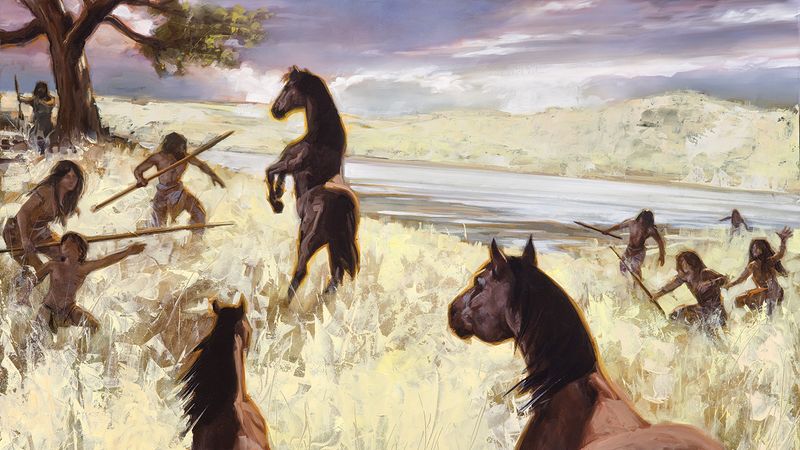
Early humans arrived in North America around the same time horses disappeared – a timing that raises eyebrows among scientists. These Clovis people were skilled hunters with specialized tools perfect for taking down large mammals.
Archaeological sites show evidence of horse butchering, with distinctive cut marks on bones. As human populations expanded across the continent, hunting pressure on horses likely intensified.
Unlike other prey animals, horses have relatively slow reproduction rates, producing just one foal per year. This made their populations especially vulnerable to overhunting.
Even moderate hunting pressure could have pushed horse numbers below sustainable levels, especially if combined with other environmental stresses.
4. Catastrophic Volcanic Activity
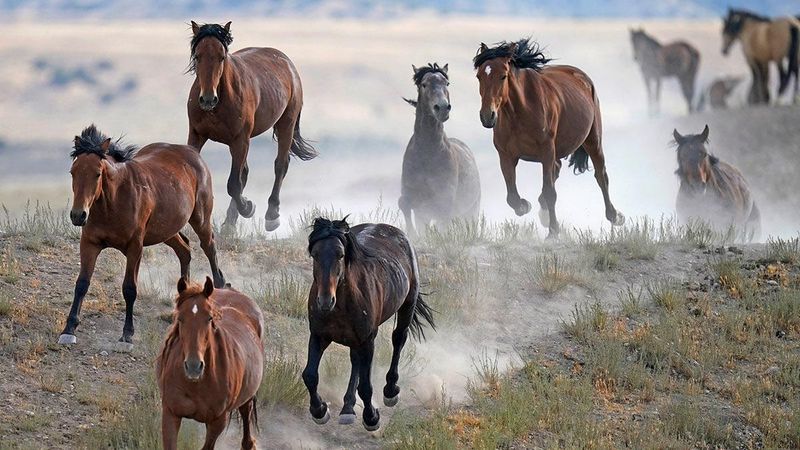
North America experienced significant volcanic events near the end of the Pleistocene era. Major eruptions spewed massive ash clouds that could block sunlight for years, causing what scientists call “volcanic winters.”
Plant life would have suffered tremendously under these conditions. Without adequate grasslands, horse populations faced starvation on a massive scale.
Volcanic ash also contains toxic compounds that contaminate water sources and can cause respiratory problems in animals. Evidence of increased volcanic activity appears in ice core samples dating to this period.
The combined effects of reduced food availability, poisoned water, and ash-related health issues might have delivered the final blow to already-struggling horse populations.
5. Comet Impact Theory

Around 12,900 years ago, fragments of a massive comet may have struck North America, triggering continent-wide wildfires and climate disruption. This event, known as the Younger Dryas Impact Hypothesis, coincides suspiciously with the disappearance of horses and other megafauna.
Scientists have discovered a carbon-rich “black mat” layer in sediments from this time period. This layer contains unusual materials like nanodiamonds and magnetic spherules that typically form under extreme heat and pressure – conditions consistent with a cosmic impact.
The resulting environmental catastrophe would have been apocalyptic for large mammals. Massive firestorms, followed by years of cooling temperatures, would have destroyed vital ecosystems almost overnight, giving horses no chance to adapt or recover.
6. Predator Pressure Intensification

North America once hosted an impressive array of predators that hunted horses – dire wolves, saber-toothed cats, American lions, and short-faced bears. These carnivores were specialized killing machines, perfectly adapted to taking down large prey.
As climate change reduced habitat, both predators and prey became concentrated in smaller areas. This concentration likely created predator hot spots where horses faced relentless hunting pressure.
Fossil evidence shows an increase in predator-prey interactions during this period. Tooth marks on horse bones become more common in later deposits.
With nowhere to escape and multiple predator species targeting them, horses may have experienced unsustainable predation rates that eventually led to their complete disappearance from the continent.
7. Genetic Bottleneck Collapse
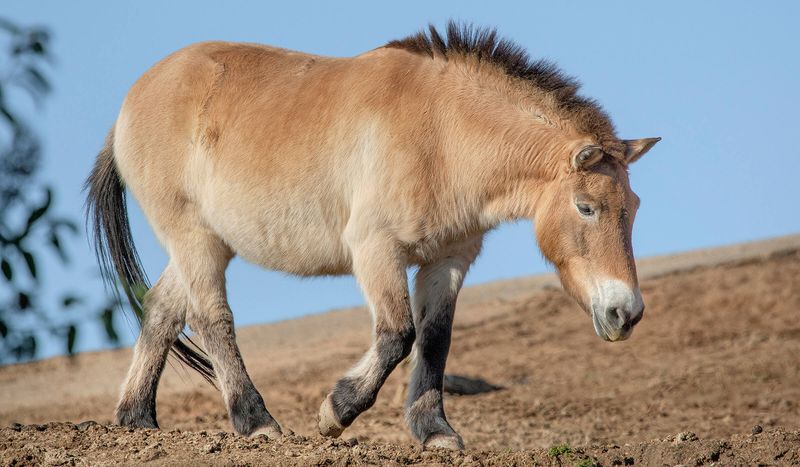
Horse populations likely became increasingly isolated as habitats fragmented during environmental changes. These isolated groups would have experienced inbreeding, reducing genetic diversity crucial for adaptation and survival.
Modern genetic studies of other mammals show how quickly diversity can collapse in small populations. Without genetic variation, horses would have been more vulnerable to diseases, birth defects, and environmental challenges.
Ancient DNA recovered from horse fossils suggests declining genetic diversity in the final years before extinction. Researchers have identified signs of inbreeding depression – smaller body sizes, skeletal abnormalities, and other telltale markers.
What started as isolated healthy herds may have gradually deteriorated into genetically compromised populations that simply couldn’t adapt quickly enough to changing conditions.
8. Resource Competition Catastrophe

North America hosted numerous large herbivore species competing for similar resources – mammoths, mastodons, giant bison, and others shared the landscape with horses. As habitats shrank, competition for remaining grasslands would have intensified dramatically.
Horses have specific dietary needs requiring high-quality grasses. Other herbivores like bison can digest tougher, lower-quality vegetation, giving them a competitive edge during resource scarcity.
Fossil evidence shows changes in tooth wear patterns of horses from this period, suggesting they were forced to consume less ideal food sources.
Gradually outcompeted for prime grazing areas, horses may have been pushed into marginal habitats where survival became increasingly difficult. This resource competition, combined with other pressures, likely created a downward spiral from which horse populations couldn’t recover.
9. Mysterious Reproductive Failure
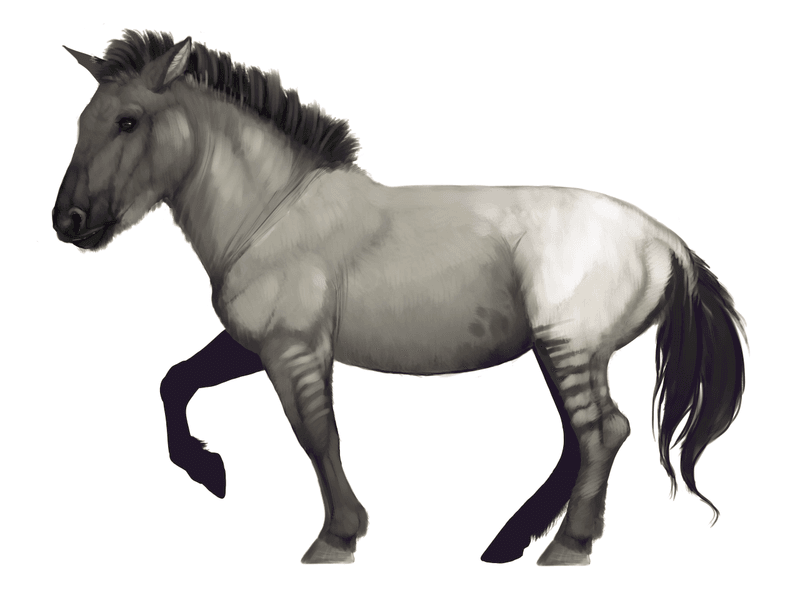
Environmental toxins from volcanic activity or other sources might have interfered with horse reproduction. Modern studies show how even low levels of certain compounds can dramatically reduce fertility in mammals.
Fossil records can’t directly preserve evidence of reproductive issues, making this theory difficult to prove. However, scientists have documented similar reproductive collapses in modern wildlife populations exposed to environmental stressors.
Even a small decline in birth rates would have profound long-term effects. Horse populations reproducing at just 10% below replacement level would experience exponential decline over generations.
What might have appeared as a healthy population could have been experiencing a silent reproductive crisis, with each generation producing fewer foals until the entire species disappeared from the continent.
10. Grassland Ecosystem Collapse
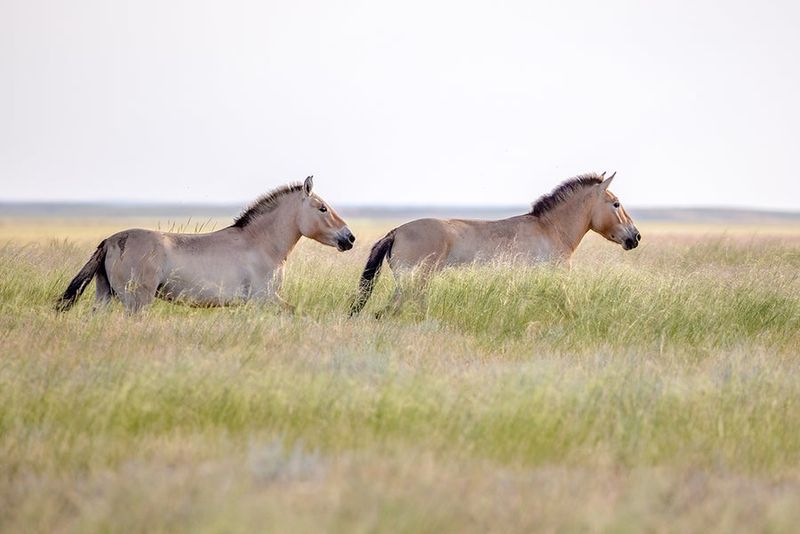
Horses evolved specifically to thrive in open grassland ecosystems. Their digestive systems, teeth, and hooves are perfectly adapted for processing grasses and covering long distances across open terrain.
Pollen records from the extinction period show dramatic shifts in plant communities. The vast, connected prairies horses depended on fragmented into isolated patches, separated by expanding forests and wetlands.
Without large, connected grasslands, horse populations would have split into isolated groups. These fragments likely couldn’t support the minimum viable population sizes needed for long-term survival.
It’s possible the last North American horses survived in small, isolated pockets for thousands of years before finally disappearing – not with a bang, but with the quiet extinction of the final small herds unable to maintain genetic diversity.
11. Perfect Storm Convergence
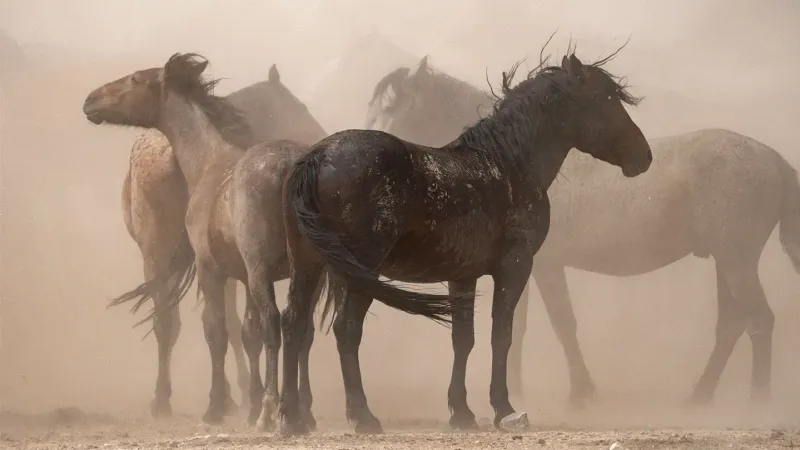
Rather than a single cause, horses likely vanished due to multiple factors hitting simultaneously. Scientists increasingly favor this “perfect storm” explanation for the extinction of many ice age mammals.
Climate change weakened populations by reducing habitat. Hunting pressure from humans added additional stress. Diseases spread more easily through concentrated populations. Predators had easier access to prey in shrinking territories.
Each pressure alone might not have caused extinction, but together they proved catastrophic. Modern ecological studies show how multiple stressors can create surprising tipping points in populations.
The North American horse, despite surviving millions of years of evolution and countless challenges, finally met a combination of threats it couldn’t overcome – a sobering reminder of how even highly successful species can disappear when environmental conditions change too rapidly.

